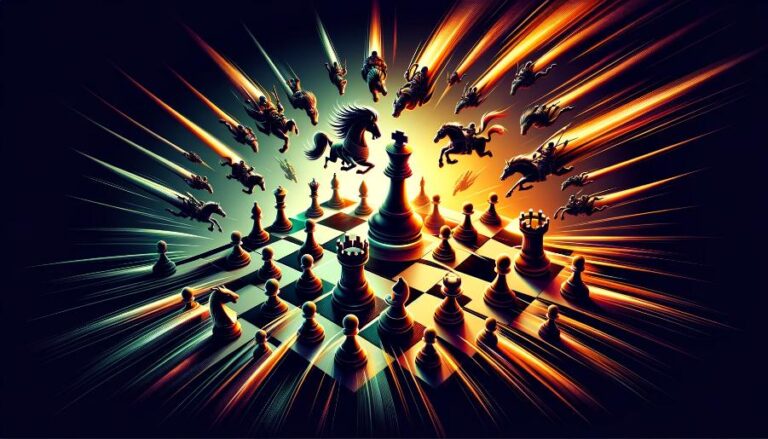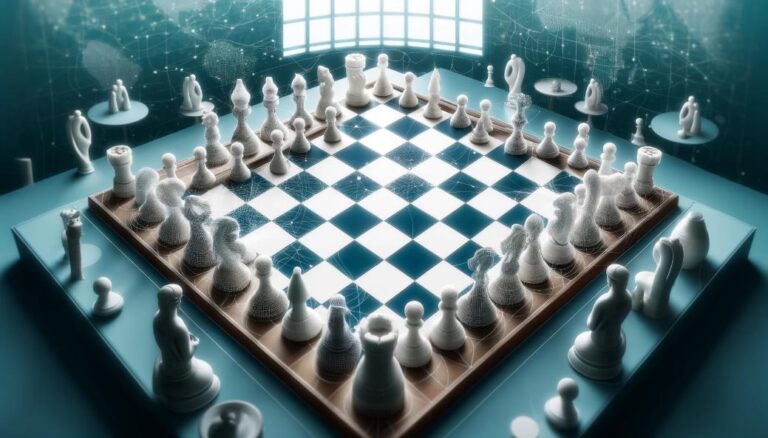Introduction to No-Castling Chess
No-Castling Chess is a variation of the traditional game of chess that eliminates the use of the castling move. Castling is a special move in chess where the king and a designated rook can move simultaneously, providing the king with a safe haven and allowing the player to develop their rook. However, this move has been a subject of much debate and controversy among chess players, with some arguing that it creates an imbalance in the game and gives an unfair advantage to certain players.
The Controversy Around Castling
The castling move has been an integral part of chess since its inception in the 15th century. It was introduced as a way to speed up the game and make it more exciting. However, over time, its use has been met with criticism and debate. One of the main concerns surrounding castling is its asymmetrical nature. In chess, one player starts with an advantage due to the first move, and castling gives the other player a chance to equalize the position. This has been a point of contention among chess players, with some arguing that it creates an imbalance in the game and gives an unfair advantage to certain players.
The Impact of No-Castling Chess on the Game
With the rising popularity of No-Castling Chess, there has been a shift in the traditional strategies and dynamics of the game. In this variation, players are forced to adopt new strategies and tactics to protect their king and outmaneuver their opponent. This has made the game more balanced and unpredictable, as the use of castling is no longer an option for players.
Additionally, No-Castling Chess has also opened up new opportunities for chess AI developers. With the elimination of the castling move, AI engines must be programmed with different strategies and algorithms to adapt to this variation. This has led to a diversification of AI techniques and improved the overall performance of AI chess engines.
The Future of No-Castling Chess and AI
The introduction of No-Castling Chess has sparked new interest and discussions among chess players and AI researchers. Many believe that this variation will become increasingly popular as players seek new challenges and improvements to the game. Moreover, the use of AI in No-Castling Chess has the potential to improve gameplay and strategies, as well as provide insights and analysis into the impact of different moves on the overall game.
In conclusion, No-Castling Chess has emerged as an exciting and challenging variation of the traditional game of chess. By eliminating the use of the castling move, it has opened up new possibilities for players and AI developers, making the game more balanced and dynamic. As we continue to explore this variation, we can expect to see further advancements and innovations in the field of chess and AI.







